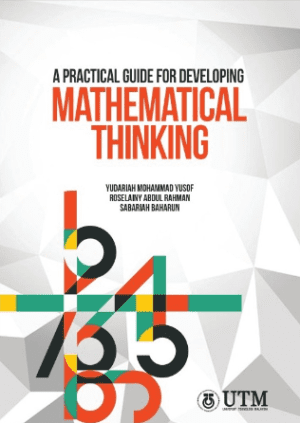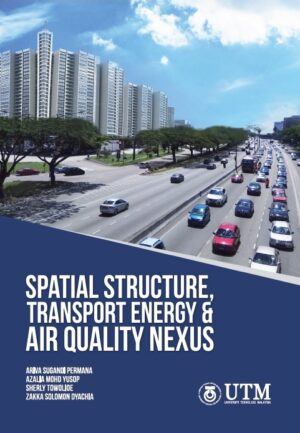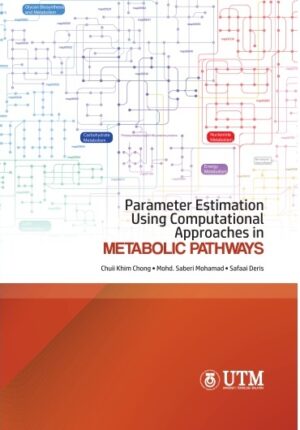Description
Natural disasters cause extensive damage to building structures and may inspire structural engineers to design safer structures. The risk of building safety increases as the height of the building structure increases. To achieve structural building protection, the building must be installed with a structural control device and protect the structural building from high danger. This exciting problem is being studied to improve the flexibility of building structures. Nowadays, structural control devices are classified into four types: passive, active, semi-active, and hybrid control devices. This study focuses on hybrid control devices since they combine the best features of passive and active control devices. It is necessary to build control techniques to provide an appropriate signal to attenuate the vibration for hybrid control devices. Control techniques are developed to provide the desired signal to control the device. The benefits of this study include increased building structural safety, increased occupant security, protection of building equipment from harm, and cost savings.
Readers will be able to learn the fundamentals, theories, and literature related to structural building control and its control strategy. The system, actuator, and control strategies that are designed utilising the mathematical model built in Matlab/Simulink can explain to the reader how to implement this study in a real-world scenario. The system is designed for two-degree-of-freedom (DOF) systems that referred to two storey buildings and a 10-DOF systems that refer to the high-rise building structures. The real input excitation to the building structure is taken from the El Centro earthquake that occurred on 18 May 1940 with a magnitude of 6.9 Mw and the Southern Sumatra that occurred on 12 September 2007 with a magnitude of 8.4 Mw. The control strategies proposed in this book are successfully suppressed the building vibration that cause by an earthquake. Thus, the implementation of the proposed control strategy has reduced earthquake risk that contributes to building collapse and higher fatalities.




